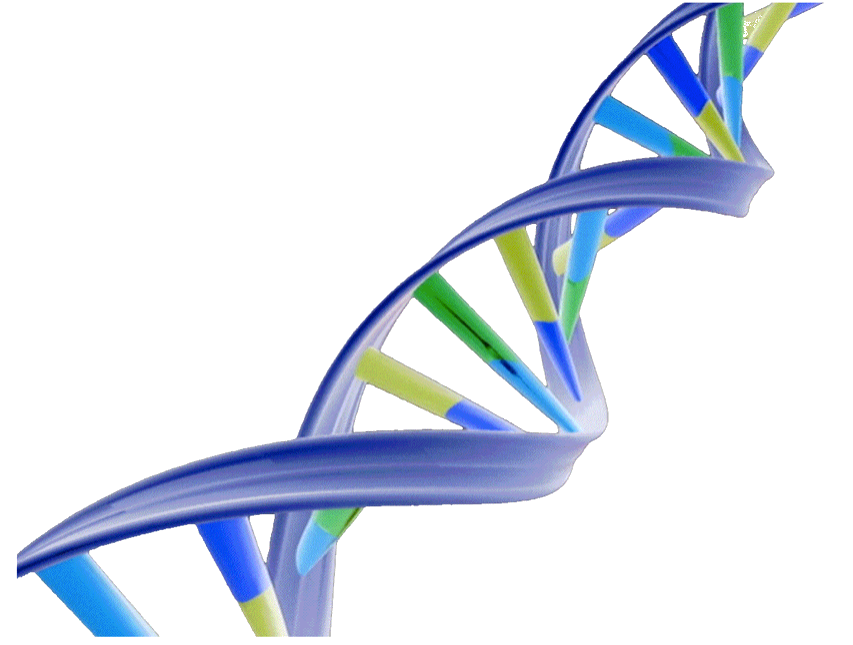TargetRNA2
A tool for identifying targets of small regulatory RNAs in bacteria

Many small, noncoding RNAs (sRNAs) act as post-transcriptional regulators of messenger RNAs by base pairing to their targets. TargetRNA2 is a computational system that, given the sequence of a small RNA, searches a replicon for likely targets of the sRNA's action. TargetRNA2 uses a variety of features to identify candidate targets of sRNA action, including:
- Conservation of the sRNA. The input sRNA sequence is compared to every sequenced replicon available in GenBank. Regions of the sRNA sequence that show greater conservation are considered more likely to be target interacting regions.
- Accessibility of the sRNA. The ensemble of sRNA structures is considered. Each sRNA structure in the ensemble is weighted by its stability. Those regions of the sRNA that are more accessible throughout the weighted ensemble are considered more likely to be target interacting regions.
- Accessibility of the mRNA. For each candidate mRNA target, the ensemble of its structures is considered. Each mRNA structure in the ensemble is weighted by its stability. Those regions of the mRNA that are more accessible throughout the weighted ensemble are considered more likely to be sRNA interacting regions.
- Energy of hybridization. mRNAs that have one or more regions with low hybridization energy to one or more regions of the sRNA are considered more likely to be targets of the sRNA.
sRNA Input Parameters
| Replicon | TargetRNA2 searchs the specified replicon for likely targets of sRNA action. |
| sRNA Sequence | The user inputs the nucleotide sequence (DNA or RNA) of a sRNA. The input sequence may be in FASTA format or not. TargetRNA2 will search for likely targets of this sRNA's action. |
| sRNA Conservation and Accessibility |
By default, TargetRNA2 uses conservation and accessibility of the sRNA to help identify likely target interacting regions. To determine conservation of the sRNA, the input sRNA sequence is compared to every sequenced replicon available in GenBank. Regions of the sRNA sequence that show greater conservation are considered more likely to be target interacting regions. To determine accessibility of the sRNA, the ensemble of sRNA structures is considered. Each sRNA structure in the ensemble is weighted by its stability. Those regions of the sRNA that are more accessible throughout the weighted ensemble are considered more likely to be target interacting regions. This use of sRNA conservation and accessibility by TargetRNA2 can be toggled. |
| sRNA Window Size | TargetRNA2 uses conservation and accessibility of the sRNA to help identify likely target interacting regions. The size in nucleotides of the window used when considering conservation and accessibility can be specified. |
Target Input Parameters
| Focus search around translation start site |
When searching for targets of a sRNA, TargetRNA2 focuses its search around the translation start site of each mRNA. The user can specify how many nucleotides upstream and how many nucleotides downstream of the translation start site that TargetRNA2 should consider. |
| Hybridization Seed | When identifying target interactions, TargetRNA2 considers a hybridization seed corresponding to an initial interaction between the sRNA and mRNA represented by a stretch of consecutive base pairs. The number of consecutive base pairs can be set by the user. |
| NTs in Interaction Region | The size in nucleotides of the window used by TargetRNA2 when identifying regions of interaction between a sRNA and a mRNA can be specified by the user. |
| mRNA Structural Accessibility |
By default, TargetRNA2 uses structural accessibility of the mRNA to help identify likely sRNA interacting regions. To determine accessibility of the mRNA, the ensemble of mRNA structures is considered. Each mRNA structure in the ensemble is weighted by its stability. Those regions of the mRNA that are more accessible throughout the weighted ensemble are considered more likely to be sRNA interacting regions. This use of mRNA structural accessibility by TargetRNA2 can be toggled. |
| Candidate Targets; Subset of Genes |
Rather than search an entire replicon for targets of sRNA action, TargetRNA2 can search for an interaction with only a subset of the mRNAs. For example, the set of genes that are differentially expressed in RNA-seq experiments where expression of a sRNA has been altered represent a subset of genes that are possible sRNA targets. A subset of genes can be specified by listing the genes in space-delimited format, tab-delimited format, newline-delimited format, or comma-delimited format. |
| Single Target | Rather than search an entire replicon for targets of sRNA action, TargetRNA2 can search for an interaction with only one particular mRNA, as specified by the gene's name. Searching one mRNA rather than all mRNAs in a replicon is substantially faster. |
Scoring Input Parameters
| P-value Threshold | Only report target interactions with a p-value below this threshold. |
| Filter Size | In order to increase the speed of execution of TargetRNA2, TargetRNA2 filters mRNAs in different stages. Initially, the set of candidate targets consists of all mRNAs, and at each stage the size of the set of candidate targets is reduced using increasingly complex computational methods. Thus, mRNAs that are obviously not targets are quickly identified and disregarded in earlier stages so that more expensive latter stages operate on smaller sets of mRNAs. The filter size parameter is used by TargetRNA2 to help determine how aggressively to filter each stage. A lower number (more aggressive filtering) will speed up the execution TargetRNA2 but it will decrease sensitivity. Inversely, a higher number (less aggresive filtering) will slow down the execution of TargetRNA2 but it will increase sensitivity. |
TargetRNA2 Output
References
If you make use of TargetRNA2 in your work, please cite
the following:
TargetRNA2: identifying targets of small
regulatory RNAs in bacteria. Mary Beth Kery, Monica Feldman, Jonathan
Livny, and Brian Tjaden. Nucleic Acids Research, 42(W1): W124-W129, 2014.
 Search
Search